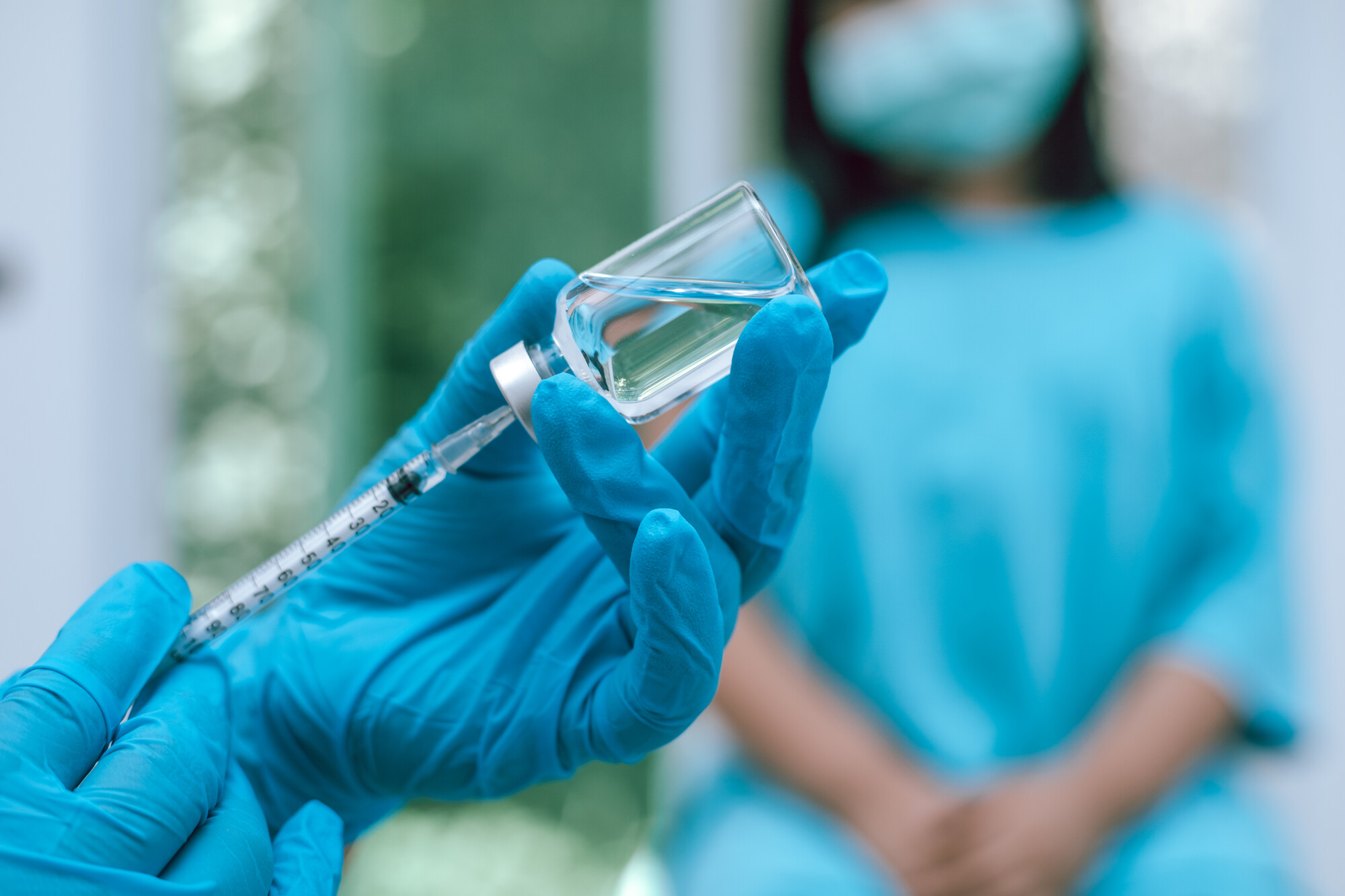
Transmission Routes of SARS-CoV-2
The coronavirus SARS-CoV-2 primarily spreads through respiratory droplets and aerosols. However, transmission through direct contact with mucous membranes (mouth, nose, eyes) is also possible.
A secondary route, known as fomite transmission, may occur when the virus is transferred from contaminated surfaces to the hands and then to mucous membranes. Nevertheless, there are currently no confirmed cases of SARS-CoV-2 transmission through this method. The German Federal Institute for Risk Assessment (BfR) considers the risk of fomite transmission to be low. [1]
Stability of SARS-CoV-2 on Surfaces
The stability of SARS-CoV-2 depends on various environmental factors, including:
Temperature
Humidity
Surface material
Coronaviruses are generally unstable on dry surfaces and become inactive quickly due to environmental influences. Research has shown that under optimal conditions, SARS-CoV-2 can remain infectious:
for up to 48 hours on banknotes, and
for up to 24 hours on coins.
However, the transmission of dried virus particles from these surfaces to the skin is highly unlikely, with only 0.1% to 10% of the virus being transferred. [2]
Preventing Fomite Transmission
Although fomite transmission is rare, it’s important to take precautions. Simple measures can effectively reduce the risk:
Handwashing: Wash your hands regularly and thoroughly with soap for at least 20 seconds to remove viruses.
Surface Disinfection: Frequently touched surfaces like doorknobs or smartphones should be disinfected regularly.
Avoid Touching Your Face: Refrain from touching your face with unwashed hands.
How Quickly Does the Virus Become Inactive?
The presence of a virus on a surface doesn’t necessarily mean it poses a high risk of infection. Factors such as humidity and sunlight exposure significantly impact how quickly SARS-CoV-2 becomes inactive. In general, the virus is less stable at higher temperatures and lower humidity levels.
Conclusion
While SARS-CoV-2 can survive on surfaces under certain conditions, the primary transmission routes remain respiratory droplets and aerosols. Regular hygiene practices, such as handwashing and surface disinfection, are the best ways to protect yourself from infection.
At Data4Life, we develop digital solutions that make health data researchable and promote evidence-based medicine.
As a non-profit organization, we handle health data ethically and responsibly.
Our vision is a world in which health data is comprehensively, digitally and securely available for research. And thus significantly improve the prevention, diagnosis and treatment of diseases.
Let´s make the world a healthier place!
The contents of this article reflect the current scientific status at the time of publication and were written to the best of our knowledge. Nevertheless, the article does not replace medical advice and diagnosis. If you have any questions, consult your general practitioner.
Originally published on






